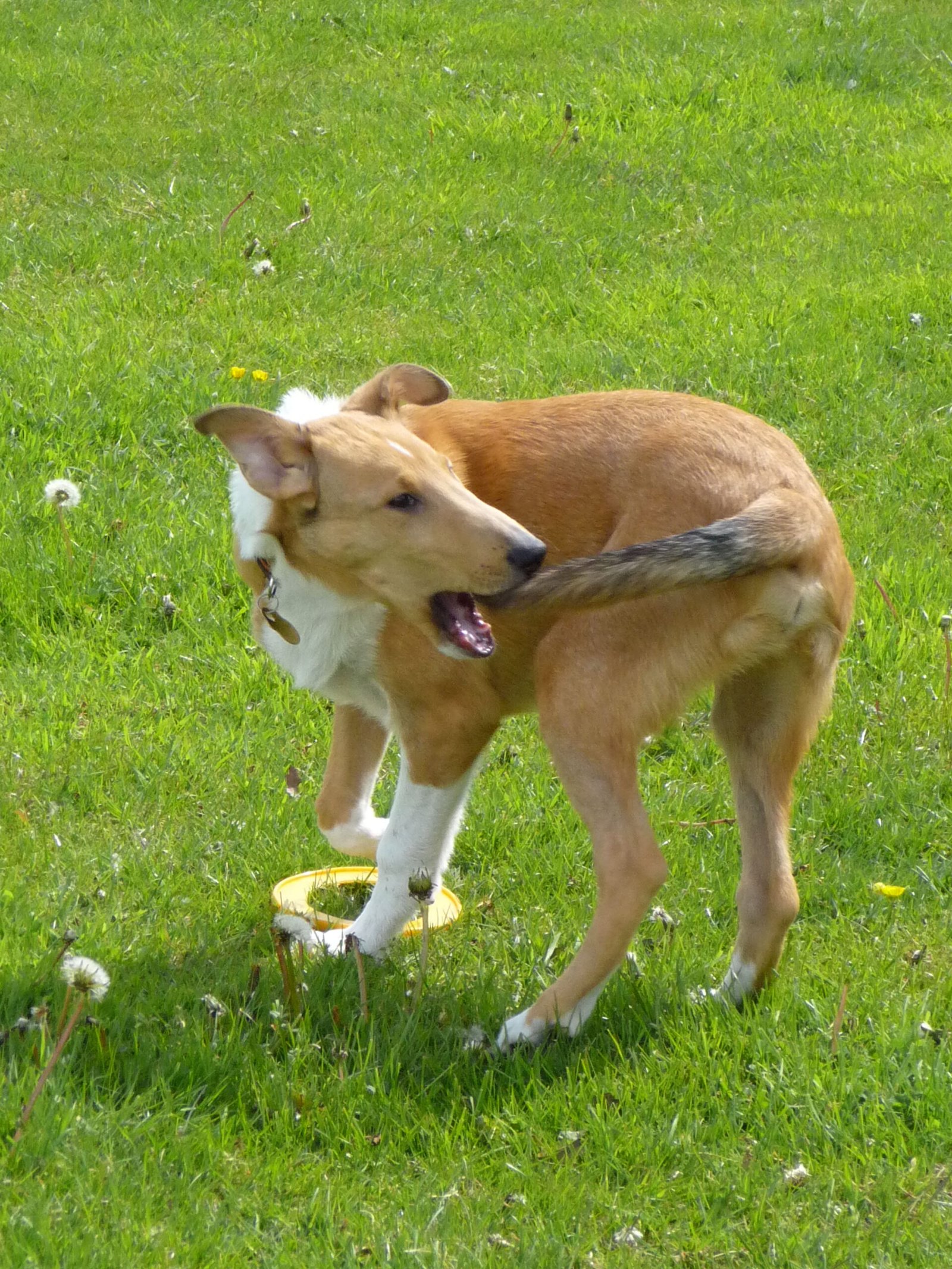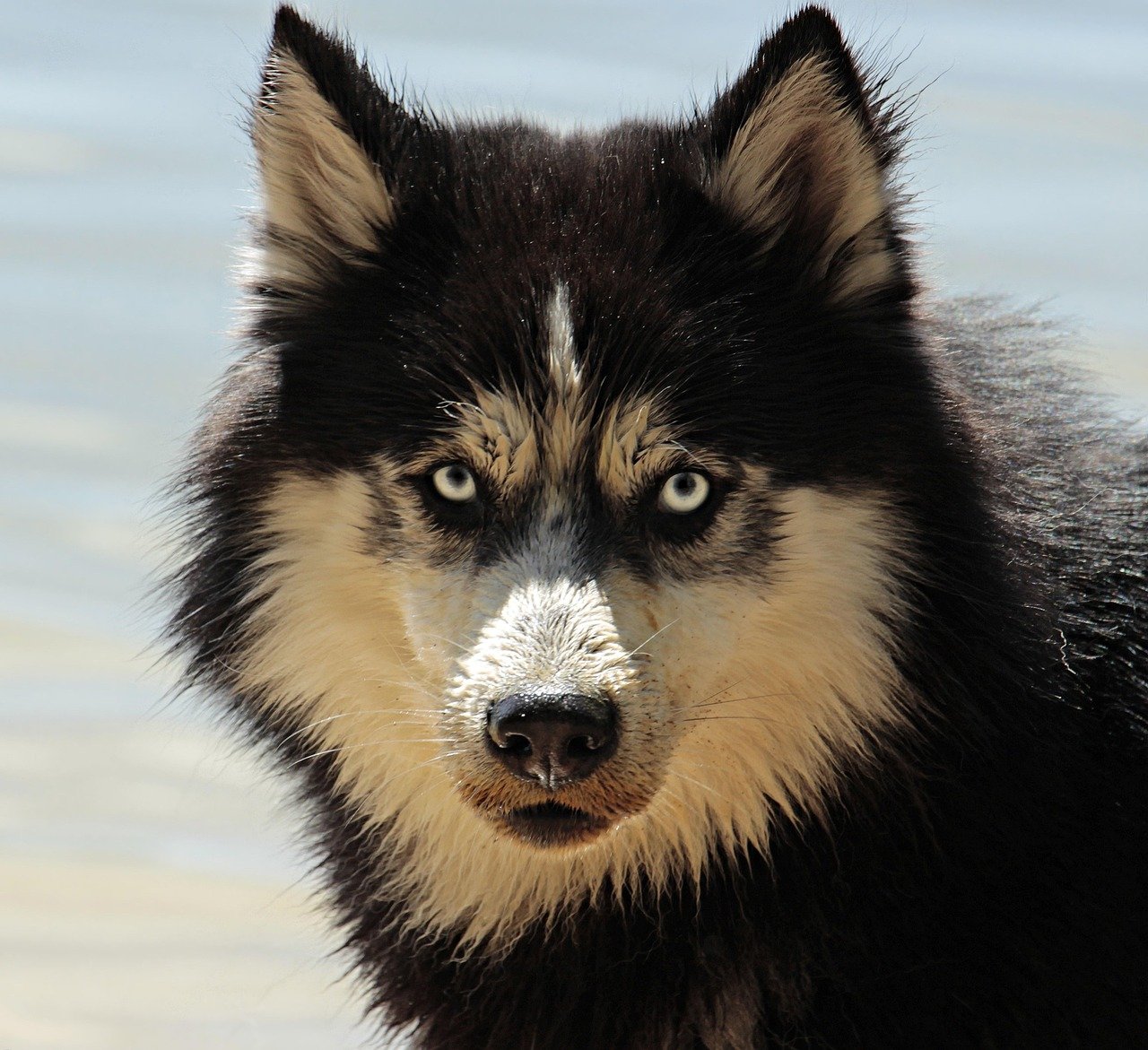Have you ever noticed your beloved dog acting a little “off” and brushed it off as a quirky habit? What if those cute, strange, or even slightly annoying behaviors are actually silent messages about something deeper going on? Every tail wag, bark, or whimper holds a world of meaning, and sometimes, our dogs are trying to tell us something important—if only we know how to listen. Understanding these hidden signals can mean the difference between a happy, healthy pup and one suffering in silence. Let’s unravel the mystery behind your dog’s everyday actions and uncover the real story behind nine surprisingly common behaviors.
Excessive Licking

When a dog licks its paws or other objects nonstop, it might seem like a harmless quirk or just a way to keep clean. But look a little closer. Excessive licking can be a sign of anxiety, boredom, or even pain. For some dogs, it’s their way of coping with stress or feeling uncomfortable. Sometimes, they may lick a spot so much that it becomes red or raw, which can lead to infections. In other cases, this behavior might point to allergies, digestive troubles, or underlying pain in the limbs or joints. Think of it like biting your nails when you’re nervous—except your dog can’t tell you what’s wrong, so they lick. If you notice your dog licking the same spot over and over, don’t ignore it. It’s their silent SOS.
Destructive Chewing

Who hasn’t come home to find a favorite shoe or pillow in shreds? While puppies chew to explore their world and soothe teething pain, older dogs who chew destructively may be telling you something’s not right. Often, it’s a sign of separation anxiety, boredom, or lack of stimulation. Dogs are social animals—when left alone too much or without enough to do, they can become anxious and act out by chewing anything they can find. Sometimes, dental pain or nutritional deficiencies can drive this behavior, too. Imagine being stuck in a room all day with nothing to do—chewing becomes their only outlet. If your grown dog is turning your house into a chew toy, it might be time to look deeper.
Persistent Barking

A barking dog can be frustrating, but it’s also one of their main ways to communicate. Nonstop barking, especially when you’re not around, can be a red flag for separation anxiety or loneliness. Some dogs bark due to fear or to alert you about something they find threatening. For others, it’s a way to get your attention or express frustration. Chronic barking isn’t just a nuisance—it can signal that your dog feels unsafe, insecure, or even in pain. Try to notice when and why your dog barks. Is it at strangers, when you leave, or seemingly at nothing? Each clue leads closer to the root cause, and your dog is counting on you to listen.
Tail Chasing or Spinning

It’s easy to laugh at a dog chasing its tail in circles, but when this happens often, it can be a sign of deeper issues. Sometimes, tail chasing is a result of boredom or pent-up energy, especially in high-energy breeds. However, obsessive spinning or tail chasing can also point to neurological problems, compulsive disorders, or even irritation caused by fleas or allergies. Dogs sometimes develop repetitive behaviors as a coping mechanism when stressed or anxious, much like humans who fidget or pace. If your dog seems fixated on spinning or chasing its tail, pay attention—this isn’t just a silly game.
Pacing and Restlessness

Have you watched your dog pace back and forth, unable to settle? Occasional restlessness is normal, but persistent pacing can signal anxiety, discomfort, or medical problems. Dogs may pace when they’re in pain, feeling nauseous, or struggling with cognitive decline (especially in seniors). Anxiety, such as fear of thunderstorms or separation from their favorite human, can also drive this behavior. Imagine the feeling of not being able to relax or sit still—that’s how your dog feels. If pacing becomes a regular habit, it’s time to look for the underlying cause and help your furry friend find peace.
Unusual Aggression

A normally gentle dog suddenly growls, snaps, or bares its teeth—this can be both startling and concerning. Unexplained aggression is often a sign that something is wrong. Pain, illness, or even fear can transform a loving pet into a defensive one. Sometimes, changes in the home environment, such as a new baby or pet, can trigger stress and aggression. Dogs may lash out when they feel threatened or unable to escape a situation. Think of it as their last resort to communicate discomfort or fear. Never ignore sudden changes in your dog’s temperament; it’s their way of saying, “I need help.”
Constant Whining or Whimpering
Whining isn’t always about wanting treats or attention. When it becomes constant, it may be a cry for help. Dogs often whine when they’re anxious, scared, or in pain. Medical issues like arthritis, digestive problems, or injuries can lead to persistent whimpering. Emotional distress, such as missing a family member or being left alone, can also be a trigger. Imagine having an ache or worry you can’t explain in words—whining becomes your only option. If your dog’s whines tug at your heartstrings day after day, take it seriously and look for the source.
Sudden House Soiling
A house-trained dog suddenly having accidents indoors is frustrating but also a sign that shouldn’t be ignored. Medical conditions such as urinary tract infections, diabetes, or gastrointestinal issues can cause loss of control. Stressful changes, like moving to a new home or the arrival of a new pet, can also upset your dog’s routine. Dogs are creatures of habit; when their world changes, it can disrupt their sense of security and lead to accidents. This behavior is often a plea for help, not disobedience. Treat it as a red flag and investigate further.
Withdrawal or Hiding
If your once social dog starts hiding under the bed or avoiding family members, something is wrong. Withdrawal can be a sign of depression, fear, or physical illness. Dogs may retreat when they’re feeling unwell, overwhelmed, or anxious. Major life changes, loud noises, or the loss of a companion can also drive a dog to isolate themselves. It’s heartbreaking to see your best friend turn inward, but this behavior is a silent scream for support. Reach out to your dog with extra love and attention—they need you now more than ever.
Jen is a passionate nature lover and ocean conservationist. She has dedicated her life to protecting the environment and preserving the beauty of the natural world. Growing up in a small coastal town, Jen sincerely appreciated the ocean and its inhabitants. She has spent countless hours exploring the shoreline, learning about the creatures that inhabit the waters, and advocating for their protection. Jen is an active member of ocean conservation organizations, and she is committed to educating the public about the importance of conserving wildlife and the natural environment.






